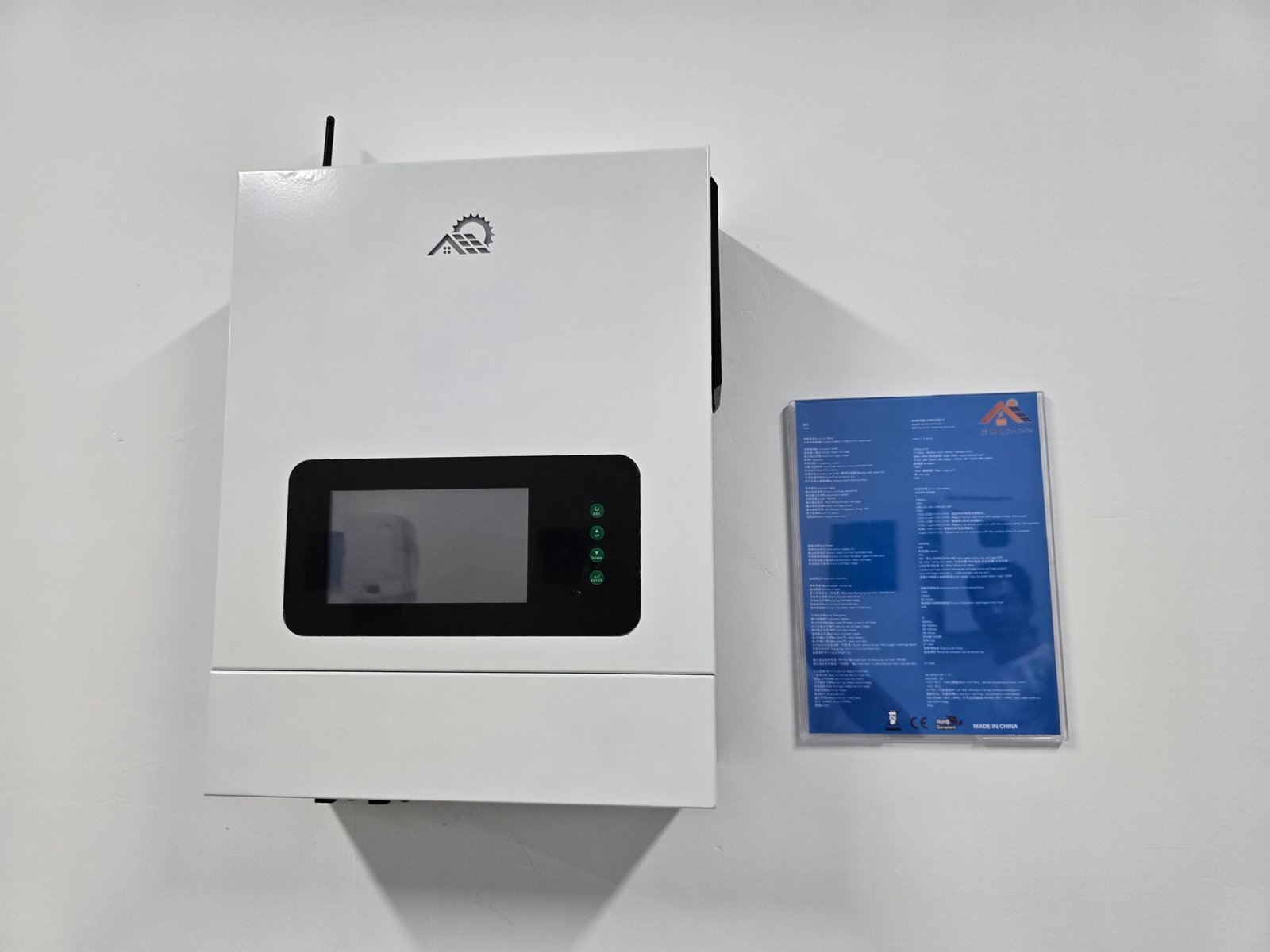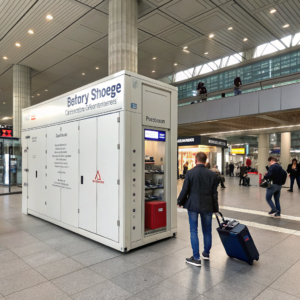Microinverters vs. Power Optimizers: What's the Difference?
•
Struggling to choose between microinverters and power optimizers for your solar installation? These two technologies solve similar problems but take fundamentally different approaches to maximizing solar output.
Microinverters convert DC to AC at each panel, while power optimizers condition DC power before sending to a central inverter - offering different benefits for shading, monitoring, and system expansion.
Understanding these differences is crucial for optimizing performance, especially in challenging installations. Let's examine how each technology handles common solar scenarios.
How Their Technologies and System Designs Differ?
Why does the conversion method matter for your solar production? The architectural differences between these systems impact everything from voltage regulation to failure points.
Microinverters perform full DC-to-AC conversion at each panel (parallel system), while power optimizers condition DC voltage before sending to a central inverter (series system with smart optimization).
Core Technology Breakdown
-
Microinverter Systems
- Each panel operates independently
- No high-voltage DC wiring
- Typical warranty: 25 years
- Example: Enphase IQ8 series
-
Power Optimizer Systems Feature Advantage DC Optimization Maintains optimal voltage Central Inverter Lower cost per watt Monitoring Panel-level diagnostics -
Key Differences
- Conversion Point: Module-level (micro) vs. system-level (optimizer)
- Voltage: Micros output 240V AC vs optimizers' variable DC
- Failures: Single micro failure vs entire system down
"Microinverters typically add $0.15-$0.20/W compared to optimizer systems, but provide true panel independence" - Solar Energy Industries Association
Performance in Shaded or Complex Roof Conditions
Will your shaded roof make solar impractical? Both technologies mitigate shading losses, but handle partial sunlight in architecturally distinct ways.
Microinverters completely isolate underperforming panels, while power optimizers use maximum power point tracking (MPPT) to minimize losses - with micros typically performing 5-15% better in heavy shading.
Shading Scenario Analysis
-
Light Shading (20% coverage)
- Microinverters: 2-5% production loss
- Optimizers: 5-8% loss
- Winner: Nearly equivalent
-
Heavy Shading (50%+ coverage)
- Micros prevent "Christmas light effect"
- Optimizers rely on inverter MPPT
- Performance gap widens to 10-25%
-
Complex Roof Factors
- Multiple angles: Micros preferred
- Intermittent shading: Optimizers sufficient
- East-West splits: Both handle well
Installation Tip: For heavily shaded properties, microinverters often justify their premium through better annual production.
Choosing Based on System Size and Budget
Should you pay more for module-level electronics? The cost-benefit analysis changes dramatically based on system scale and your performance priorities.
Smaller systems (<5kW) benefit most from microinverters' simplicity and monitoring, while larger installations (>10kW) often prefer optimizers' lower cost per watt and centralized maintenance.
Decision Matrix by Project Scale
-
Residential Systems (3-8kW)
- Budget Option: String inverter ($0.10/W)
- Mid-Range: Optimizers (+$0.08/W)
- Premium: Microinverters (+$0.15/W)
-
Commercial Systems (50kW+)
- Optimizers dominate market
- Central inverter redundancy possible
- O&M savings with fewer components
-
Future Expansion Considerations
- Micros: Easier panel-by-panel adds
- Optimizers: Must match inverter capacity
- Both: Require compatible components
Financial Insight: The 25% federal tax credit applies to both technologies, helping offset their premium over basic string inverters.
Conclusion
Microinverters excel in shading and small systems, while power optimizers offer cost-effective performance at scale - choose based on your roof conditions and long-term energy goals.






